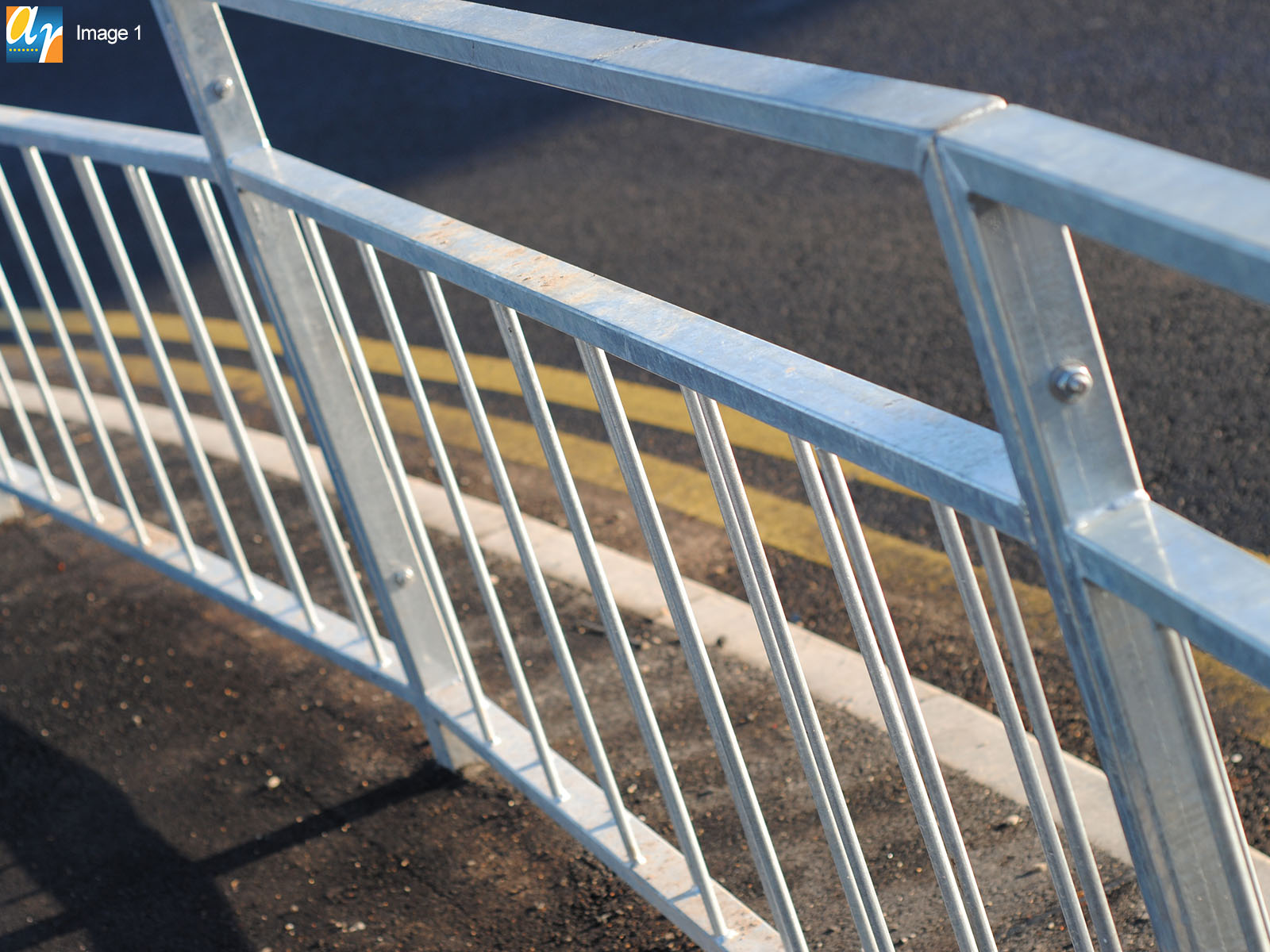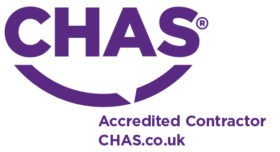While being two separate things, handrail and pedestrian guardrail can often get their names mixed up. In this blog we will discuss key differences between the two products, the benefits and uses of each. As two completely different products, it is important to choose the right product to suit your needs.
Handrail

A metal handrail is an important feature of a staircase, path, or ramp. Alongside its safety features and protection aspects, it can also provide a finishing touch to the overall appearance of the project. Handrail can be used both externally and internally, for things such as internal stair cores.

Alpha Rail can manufacture metal handrails to suit your exact requirements. They can be made to be wall mounted, concreted into the ground, or attached to our metal railing products as a cantilevered handrail. Often handrail is powder coated in a contrasting colour so it can stand out for the visually impaired.
The benefit of using handrail is that they offer increased safety where it may become slippery during rain, snow or ice. It allows people to have something to hold on to where they may need some assistance getting up or down the slope, or where there would otherwise be a risk of fall. They are made in line with current building regulations, BS6180 Part K, which deals with the specific requirements of locations where handrails are to be used.
In-depth site surveys can be carried out to capture vital data, allowing the handrail to closely follow curvatures and gradients along the path or steps.
Pedestrian Guardrail

The primary purpose of pedestrian guardrail is to guide pedestrians to safe crossing points along busy highways. The most simple form of pedestrian guardrail is a common sight on roadsides across Britain, which is a simple unit panel design with full height infills. This style of guardrail manufactured by Alpha Rail is called the M1. They can also have a 200mm sight gap at the top of the panel, which is known as the M2.
Being a stock item at Alpha Rail, the benefit of pedestrian guardrail is that it is a cost-effective solution for use on roadsides and crossing points. All Alpha Rail pedestrian guardrail products are complaint with BS7818:1995.

Handrail would not be used in instances such as this, because they typically have a lot of open space below the handrail. This is not effective as people can very easily go under the rail and into the road. The unit panel design of pedestrian guardrail is much better suited to this with its full height vertical infill bars.
The differences between handrail and pedestrian guardrail
The key difference between the two products is the fact that they have two different functions. Handrails are used to offer support to those who may need it going up and down steps and ramps. They are made to be held on to and can be used on DDA (disability discrimination act) compliant entrances.
Pedestrian guardrail’s main function is to guide and show pedestrians where to safely cross a road, and show a boundary between the pavement and road. They can be used off-highway as well, serving as a great way to segregate walkways from loading bays and factory environments where there may be moving vehicles.

Railings from Alpha Rail
Alongside pedestrian guardrail and handrails, Alpha Rail is proud to have an extensive portfolio of metalwork products. If you have an upcoming requirement for any metal railing fence, gates, pedestrian guardrail or other bespoke metalwork, contact our Sales team to discuss your project by phone on 01623 750 214 or by email at websales@alpharail.co.uk.



![AFI [MEMBER]](https://alpharail.co.uk/wp-content/uploads/2019/01/AFI-MEMBER-e1556273719380.png)





